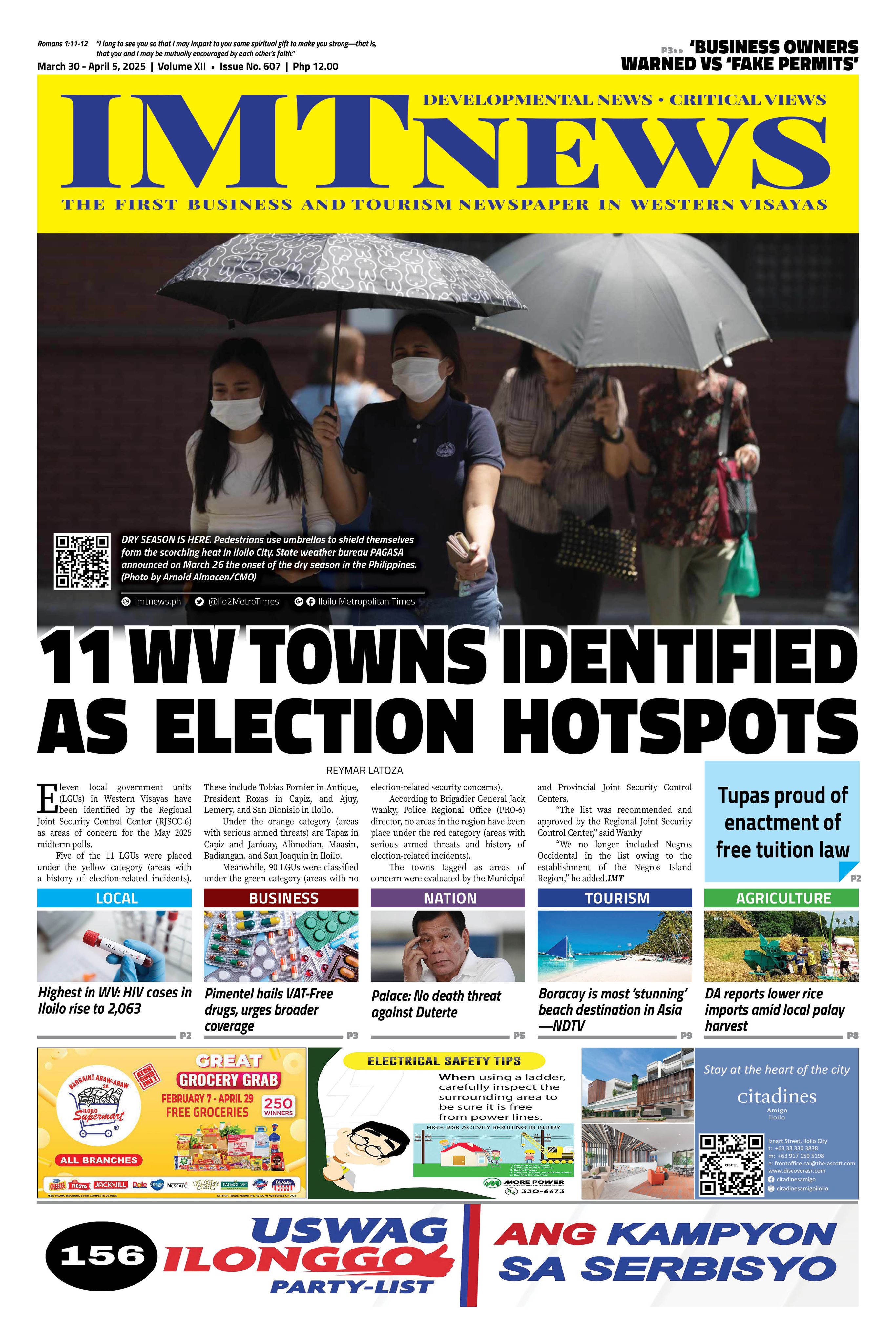The Catholic Church has allowed the marking of crosses on the foreheads of the faithful during the celebration of Ash Wednesday, the start of the Lenten season.
Based on the guidelines issued by the Catholic Bishops’ Conference of the Philippines-Episcopal Commission on Liturgy (CBCP-ECL) dated February 22 but was only made public on Saturday, priests will again swipe ashes on the foreheads of churchgoers in the sign of the cross.
“The formula for the imposition of ashes ‘Repent, and believe in the Gospel,’ or ‘Remember that you are dust, and to dust you shall return’ is said only once applying it to all in general. We will revert to the imposition of ashes on the forehead of the faithful,” said part of the statement which was signed by the Commission’s chairperson, Bishop Victor Bendico.
It added that the sprinkling of ashes on the head, which was the practice amid the coronavirus disease 2019 (Covid-19) pandemic, will be an option.
“The sprinkling of ashes on the crown will remain an option. We have been reminded last year that this option is an ‘opportunity to catechize our people on both the penitential and baptismal characters of the Lenten season…,” the statement said.
For this year, Ash Wednesday falls on March 2.
At the same time, the Church assured that they will continue to strictly implement health protocols during church events in the observance of Lent.
“We abide by the stringent policy of the government on social distancing and the use of face masks during church services. We continue to sanitize our churches every after liturgical celebrations and provide alcohol for the sanitation of our faithful,” the statement added.
If religious processions will be allowed, these should be coordinated with local government and barangay officials.
“We limit the route of the processions through roads or streets that will allow greater possibility for social distancing. Procession marshals are necessary to maintain the safe distance of the participants of the processions,” the CBCP said.
“It is not recommended to use ‘carosas’ or ‘andas’ which need to be carried by people because this will not ensure social distancing of those who carry these platforms. It is safer to put the images on a motor vehicle instead of those carried by people. We take great care not to give an opportunity for our faithful to congregate outside their homes. These suggestions should be omitted where strict lockdown is enforced” the statement said.
Moreover, the schedules of the online transmission of the celebrations should be made known to the faithful so they can follow spiritually, these celebrations.
As for popular devotions like the “Pabasa”, the CBCP said it may be organized considering the compliance with health protocols.PNA








